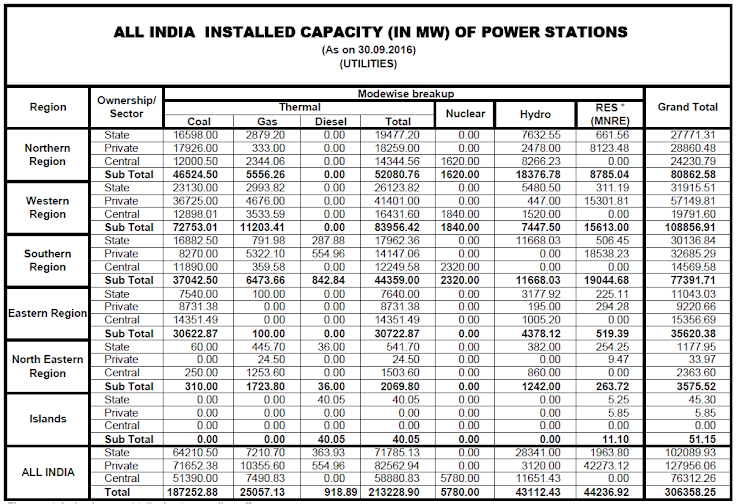 The impending tariff-based bidding regime may not benefit states such as Chhattisgarh, Orissa, Arunachal Pradesh, which have tied up concessional power from private developers under the memorandum of understanding (MoU) route. These states will be left with no option but to surrender power allocations secured under preferential arrangements with developers after January 5, as under tariff-based bidding, states will lose the tariff incentive to hold surplus power for sale.
The impending tariff-based bidding regime may not benefit states such as Chhattisgarh, Orissa, Arunachal Pradesh, which have tied up concessional power from private developers under the memorandum of understanding (MoU) route. These states will be left with no option but to surrender power allocations secured under preferential arrangements with developers after January 5, as under tariff-based bidding, states will lose the tariff incentive to hold surplus power for sale.The power ministry is expected to introduce tariff-based bidding on January 6. Thereafter, states would be required to meet their entire power requirement through competitive bidding route only.
Resource-rich states tied up a significant quantum of cheaper power from private projects under the MoU route. For example, Chhattisgarh has tied up 6,300 mw power from private projects being set up in the state at variable costs. Similar is the case with Orissa and Arunachal Pradesh. The idea behind these MoUs is..to get a larger share of power with the states by promising various incentives and government support.
However, under tariff-based bidding, states who have not yet signed power purchase agreements (PPAs) for power supply tied up will now have to agree to pay tariff arrived at after the bidding process.
“States would benefit from a bidding regime as it produces competitive tariffs. A case in point is ultra-mega power projects scheme. But in those very few cases where states have tied up cheaper power from private projects as a compensation mechanism under state policy for helping projects get clearances, they will lose,” Kuljit Singh, partner, infrastructure practice, Ernst and Young (E&Y), said.
It is not just resource-rich states which have tied up concessional power from private projects. Even resource-poor ones like ]Uttar Pradesh and Punjab have secured cheaper power supply from private projects in return for their support to these..projects. However, concessional power supply tied up by resource-rich states such as Chhattisgarh, Orissa and Arunachal Pradesh from private projects is far higher than their projected electricity demand. The CERC apprehends that these states would sell the surplus power to the free power market through traders within their boundary and benefit at the expense of other states. Chhattisgarh and Orissa are rich in coal deposits while AP accounts for a big chunk of the country's hydro-generation potential. The CERC had recently written to the Centre, drawing its attention to the serious implications of these states seeking concessional power, given the quantum of their generation potential. A switchover from cost-plus to bidding norms for the determination of tariffs for power projects is envisaged in the Electricity Act, 2003. The original schedule was January 6, 2006. However, the Centre extended the deadline for five years to provide more time to public sector.























